Waltham Abbey in Essex was founded in 1030 to house a miraculous cross brought to Waltham by Tovi the Proud, a member of the royal court. In 1540 the abbey became the last in the country to be dissolved by Henry VIII.
Harold Godwinson (later King Harold II) rebuilt the Abbey in 1060 and was buried there after his death at the Battle of Hastings in 1066.
In 1120 the church was rebuilt in Norman style and in 1177 Henry II re-founded the church as an Augustinian abbey. At this time, extensive building works were carried out, traces of which can be seen in the Abbey grounds today.
The Augustinian abbey was a popular place for kings to stay during hunting trips in nearby Waltham Forest. Henry VIII was a regular visitor and on several occasions was accompanied by Anne Boleyn.
In July 1529, Henry VIII took Anne Boleyn on progress and visited a number of places including the Abbey (Weir, pg. 295).
During the summer progress of 1532, Henry VIII and Anne Boleyn stayed at Waltham Abbey for five days (Starkey, pg. 454).
Unfortunately, the monastic buildings and part of the church were destroyed during the dissolution. Waltham Abbey’s official website describes what is left:
Most of the present building dates from c1120, though the Lady Chapel and the undercroft beneath it were built in the 14th century. The tower at the west end of the church, which now dominates Waltham Abbey, was built in 1556 (during the reign of Mary I) using materials from the demolished Abbey. It was erected at the west end (instead of the east where the old tower, which had fallen down, had been) as the church was leaning in that direction and needed propping up! The east end, the stained glass and the painted ceiling were installed in the 1860s.
A 14th century gatehouse and bridge also survive and are now in the care of English Heritage.
This is also a significant location for Anne Boleyn enthusiasts because in a house nearby the abbey, Stephen Gardiner and Edward Foxe met a man by the name of Thomas Cranmer who greatly impressed them with his interesting views on the King’s Great Matter (Weir, pg. 299). Thomas Cranmer would go on to become one of the staunchest Boleyn supporters.
Waltham Abbey is another important stop On the Tudor Trail.
References: Starkey, D. Six Wives, 2003. Weir, A. Henry VIII: King and Court, 2001. Other Sources: http://en.wikipedia.org/wiki/Waltham_Abbey_(abbey) http://en.wikipedia.org/wiki/Waltham_Abbey,_Essex http://www.walthamabbeychurch.co.uk/history.htm http://www.english-heritage.org.uk/daysout/properties/waltham-abbey-gatehouse-and-bridge/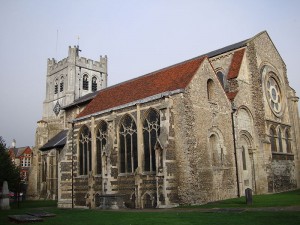







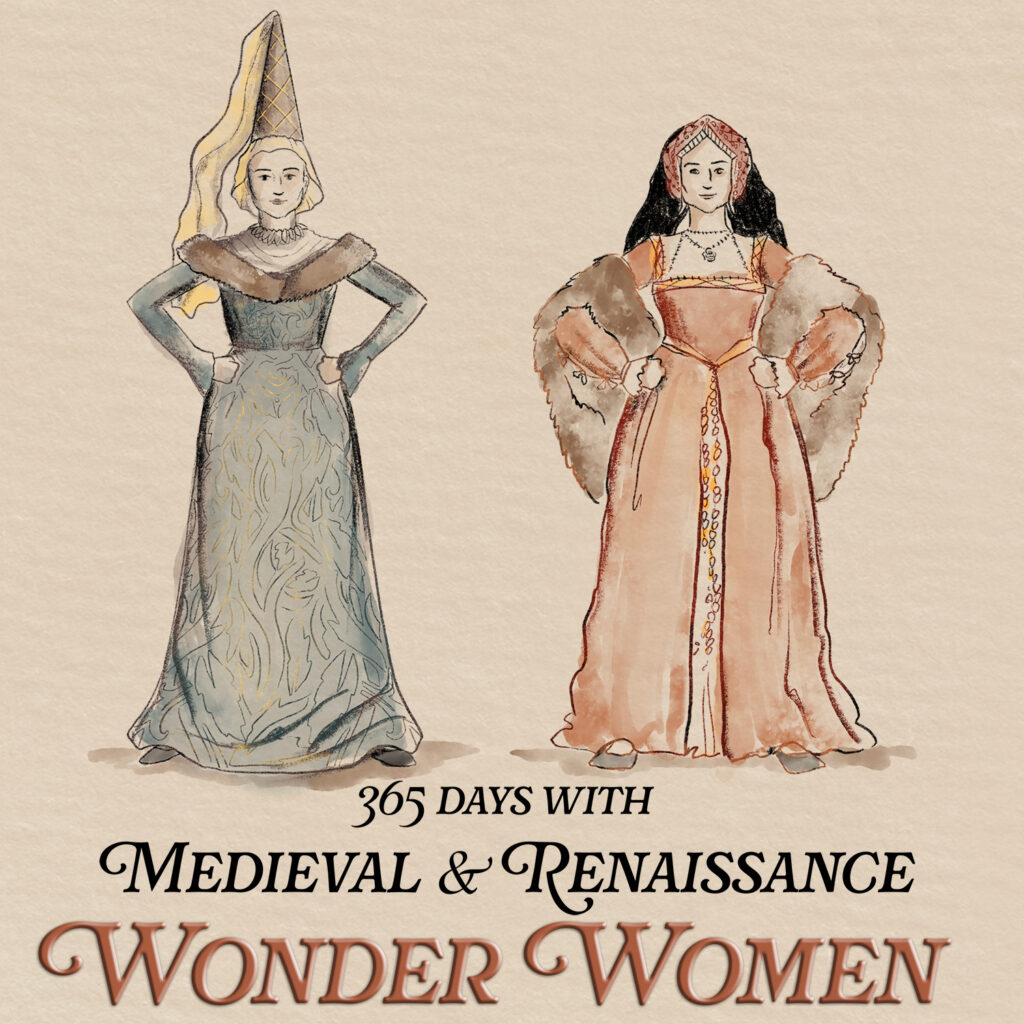

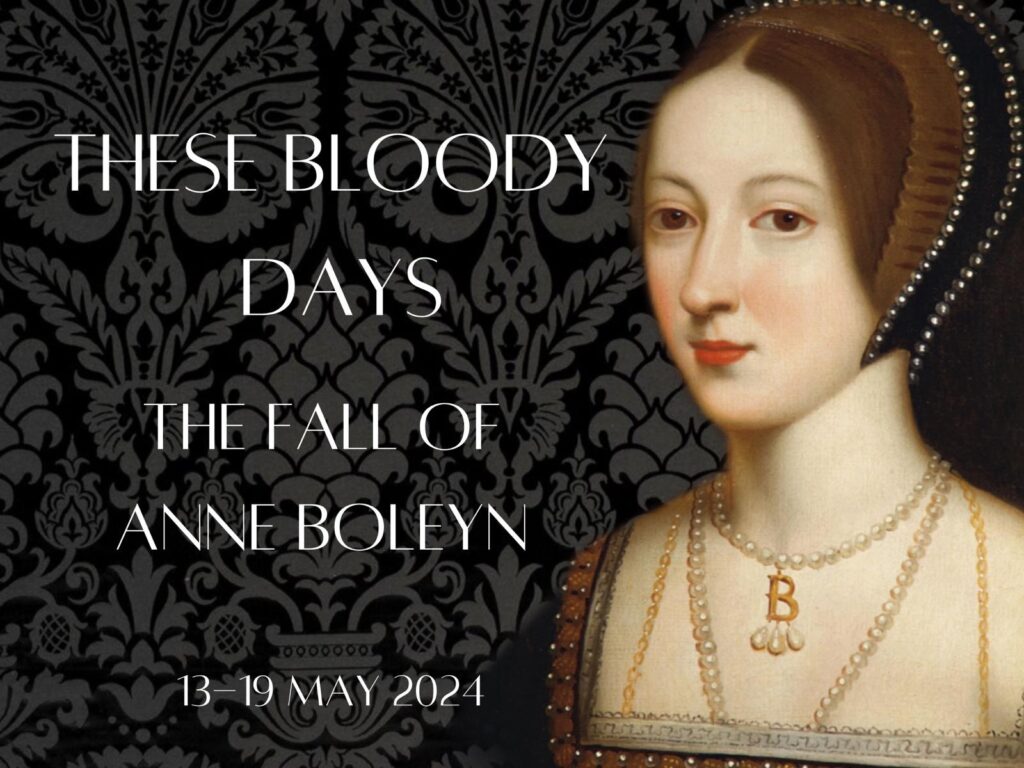
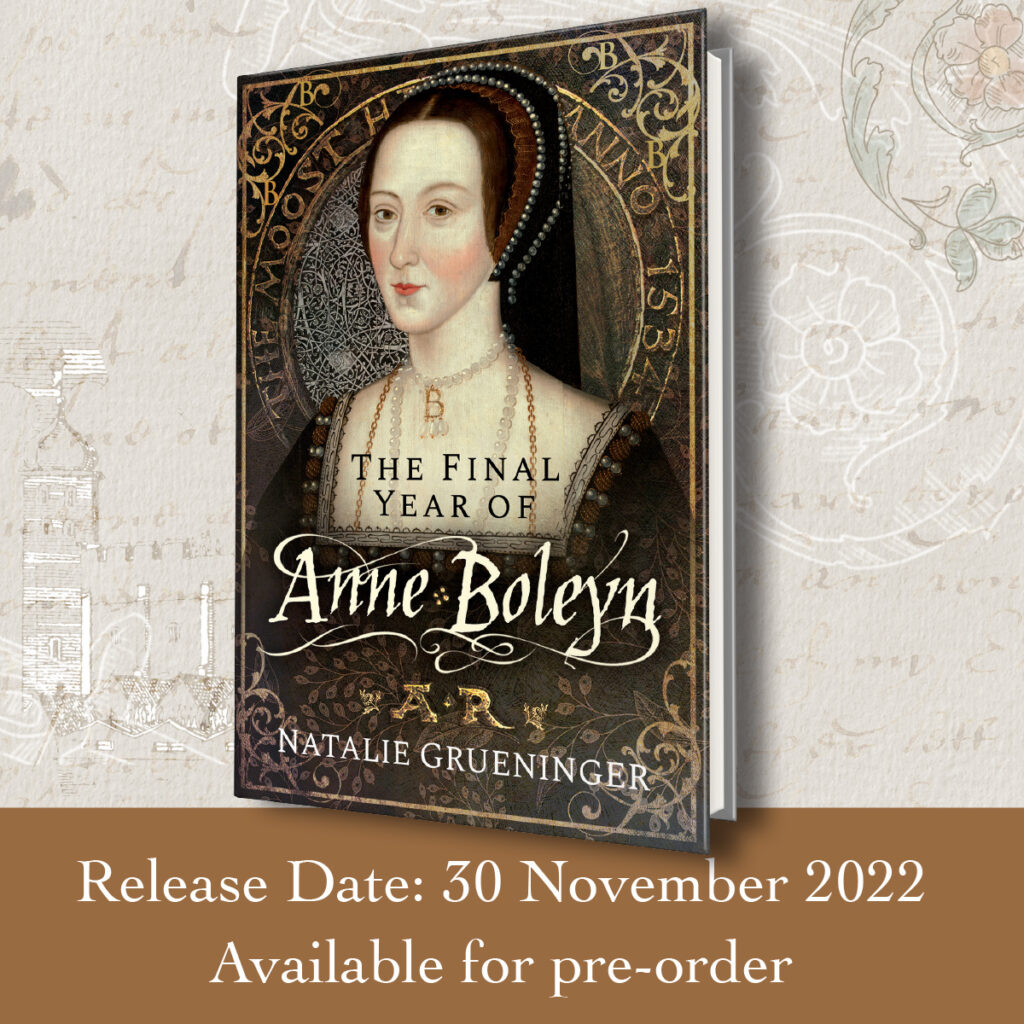
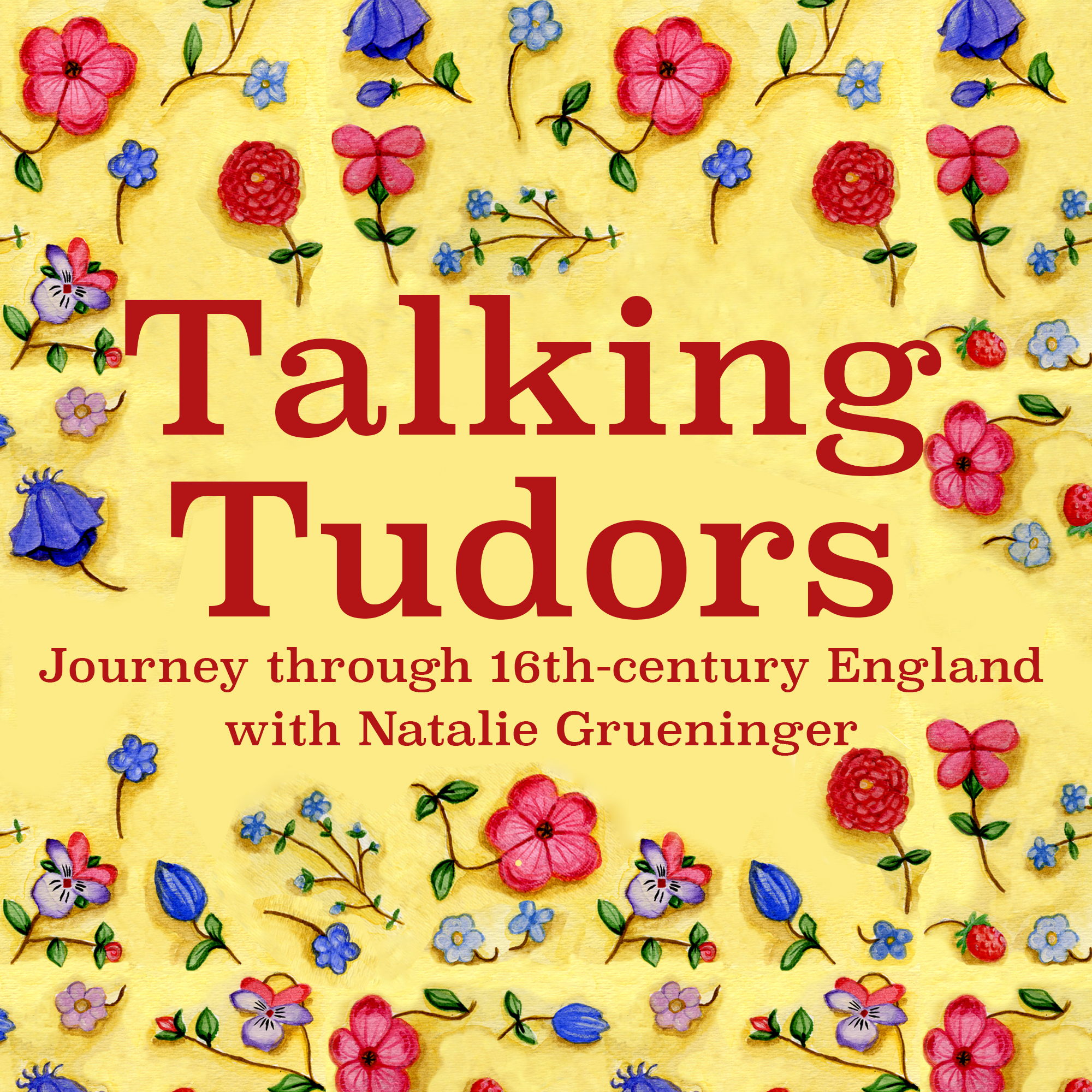




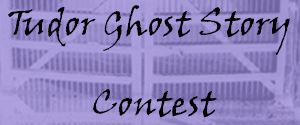

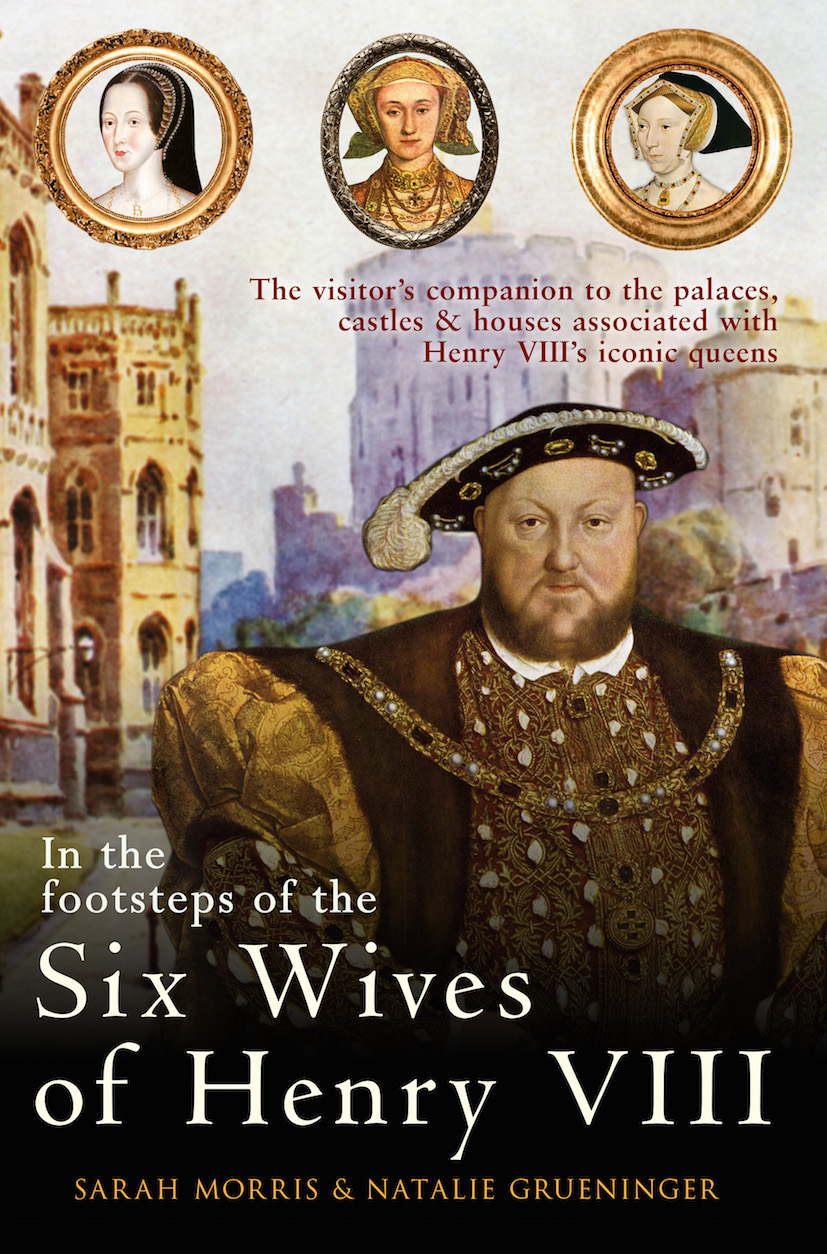
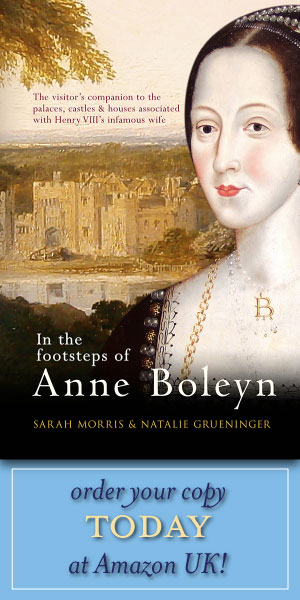


That is very interesting as I am writing a children’s story about Henry viii and Anne Boleyn and their visit to Romeland in 1529. I was puzzled that Richard Foxe was supposed to have met there with Thomas Cranmer and Stephen Fisher in 1529 where they discussed a solution to the Kings Great Matter. Yet Richard Foxe died in 1528. I now discover that it was in fact EDWARD Foxe, provost at Kings College, who was at that historic meeting! The facts make sense now.